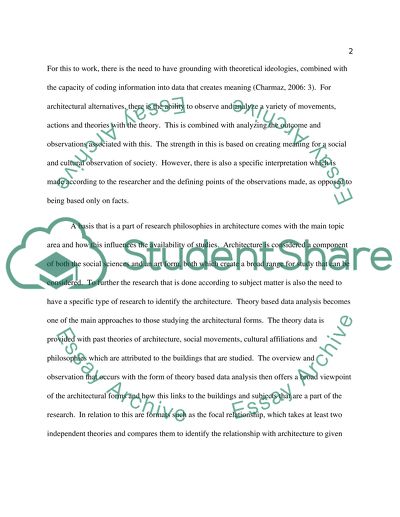Cite this document
(“Architecture Essay Example | Topics and Well Written Essays - 2250 words”, n.d.)
Architecture Essay Example | Topics and Well Written Essays - 2250 words. Retrieved from https://studentshare.org/architecture/1437098-research-philosophies-and-approaches-in
Architecture Essay Example | Topics and Well Written Essays - 2250 words. Retrieved from https://studentshare.org/architecture/1437098-research-philosophies-and-approaches-in
(Architecture Essay Example | Topics and Well Written Essays - 2250 Words)
Architecture Essay Example | Topics and Well Written Essays - 2250 Words. https://studentshare.org/architecture/1437098-research-philosophies-and-approaches-in.
Architecture Essay Example | Topics and Well Written Essays - 2250 Words. https://studentshare.org/architecture/1437098-research-philosophies-and-approaches-in.
“Architecture Essay Example | Topics and Well Written Essays - 2250 Words”, n.d. https://studentshare.org/architecture/1437098-research-philosophies-and-approaches-in.


